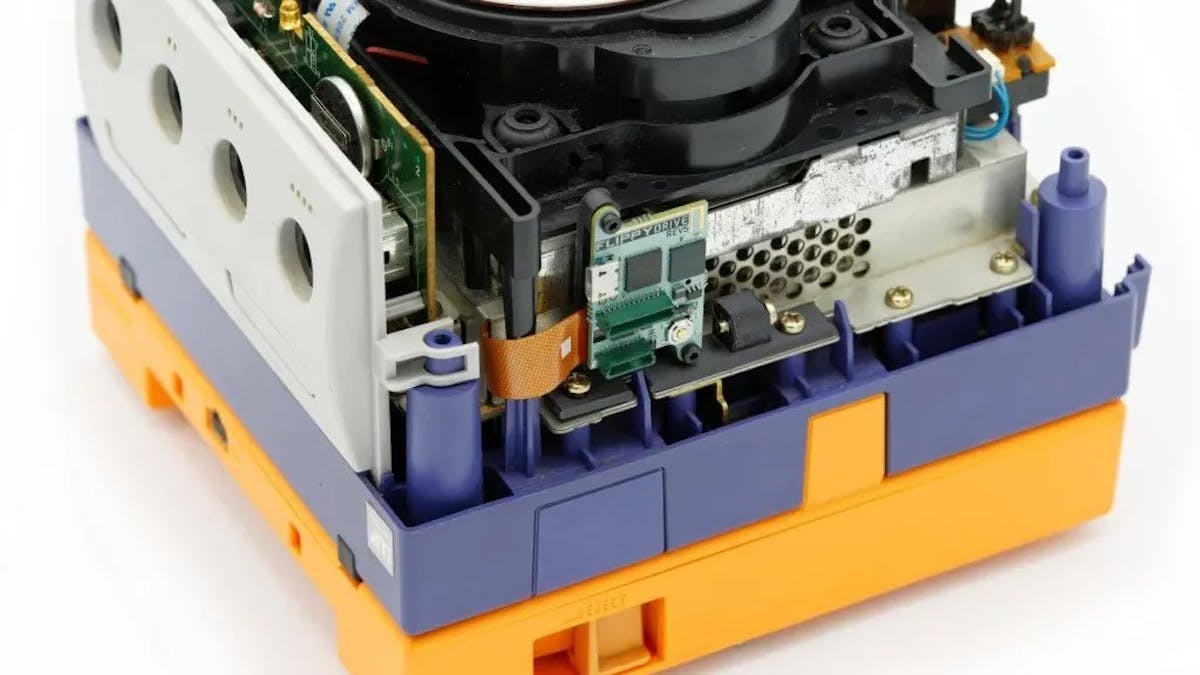The FlippyDrive Is a Solderless Modchip for the GameCube
This tiny add-on board for the Nintendo GameCube allows for game ROMs to be loaded from a microSD card or an external PC over Wi-Fi.

GameCube modding
Although some of our favorite classic/retro consoles are now a few decades old, there are countless developers and enthusiasts who work to keep them functioning. One major problem is the fact that new games simply aren't sold anymore for consoles older than the current generation, and this can lead to shortages as the existing physical media breaks down. While there are ways to emulate games on other, modern hardware or sideload the game data via another form of media, they often remove the need for the original console or involve complicated and/or risky soldering.
The FlippyDrive, designed and built by Trevor (trevor403) and Chris (ChrisPVille), is a tiny alternative to invasive modifications that not only requires zero soldering to install, but also allows for the use of the original optical drive rather than replacing it. Running the cuberoot application, the device is able to quickly load game ROMs from an attached SD card and communicate with external devices wirelessly thanks to its onboard chipset.
What can it do?
The FlippyDrive is meant to augment the existing capabilities of the GameCube's hardware. When running normally, it will present the user with an on-screen menu filled with all the games found on the microSD card, as well as a menu for configuring additional options. Beyond running games on the native GameCube processor and GPU, it can load other games over Wi-Fi from a secondary PC and will soon have support for wireless controllers via Bluetooth.
The hardware
Making this rich feature set possible is the duo of commodity chips that can be found everywhere: an ESP32 and a Raspberry Pi RP2040, which is the same IC as the Pico. The RP2040 is responsible for running the cubeboot firmware, as it handles communication with the SD card, transmitting data to the GameCube, and talking to the ESP32 wireless co-processor. At the top of the PCB is the built-in trace antenna, and this is adjacent to the Micro USB port and the microSD card slot below.
Because the FlippyDrive requires no soldering, getting it set up in a GameCube console is extremely simple. All one has to do is place the flexible PCB inside the optical drive connector and then plug in the other end to the device. This enables the data from the optical drive to be read by the FlippyDrive for either copying game files to the microSD card or bypassing the module entirely.
Additional information
To take a deeper dive on the FlippyDrive, you can visit its documentation page here on its website or watch this video by Macho Nacho Productions where he explores the details of getting it set up and running on his own GameCube.
IoT, web, and embedded systems enthusiast. Contact me for product reviews or custom project requests.

